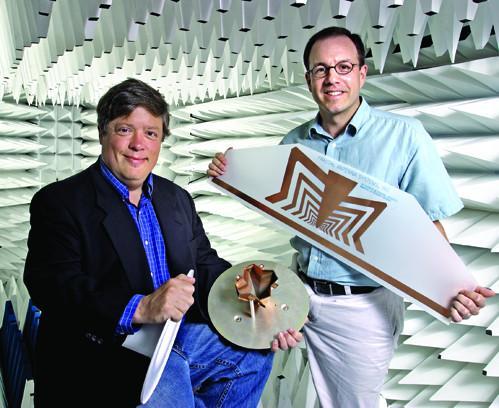Fractal Metamaterial Antennas and Resistance to New Ideas
Dr. Nathan Cohen presents at the 2014 MIT Cold Fusion / LANR Colloquium which I attended on March 21-23, here in Boston. This talk was so amazing that I had to share it with you all here. This is only a fraction of what was presented last weekend. Stay tuned to the ColdFusionNow YouTube channel for more presentations from the conference. I will be editing and posting more this week.
Nathan Cohen is a recognized figure in the field of antenna technology, particularly known for his pioneering work on fractal antennas and fractal metamaterials. His innovations have significantly impacted how antennas are designed and utilized, especially in applications requiring compact sizes and high performance.
Fractal Antennas
Fractal antennas use complex shapes that are self-similar across different scales—these are known as fractals. These shapes have unique properties that make them highly efficient as antennas. The fractal design allows the antenna to receive and transmit over a wide range of frequencies, making them ideal for broadband and multi-band applications. This versatility is a significant advantage in today’s technology landscape, where devices often need to operate across various bands.
Advantages of Fractal Metamaterial Antennas
– Broadband and Multi-band Performance: Due to their fractal geometry, these antennas can operate efficiently over a broader range of frequencies compared to traditional antenna designs. This makes them suitable for applications in telecommunications, where devices need to support multiple frequency bands.
– Compact Size: Fractal antennas can be designed to be much smaller than conventional antennas with similar performance characteristics, making them ideal for use in compact electronic devices such as smartphones, wearables, and other IoT (Internet of Things) devices.
– Enhanced Gain and Efficiency: The unique properties of fractal metamaterials can be harnessed to improve the gain and efficiency of antennas, enhancing signal strength and quality without increasing the antenna’s size.
Nathan Cohen’s Contributions
Nathan Cohen’s work in developing fractal antenna technology has been groundbreaking. He has been a prominent advocate for the use of fractals in antenna design since the 1990s, demonstrating how these mathematical concepts can be applied to solve practical engineering problems. His research and development in this area have led to advancements in antenna technology that have practical applications in many areas of communication and technology.
Applications
Fractal metamaterial antennas are used in a wide array of applications, including:
– Telecommunications: Enhancing the performance of cellular phones, satellite communication systems, and broadband internet services.
– Military and Defense: Providing compact and efficient communication solutions for various military applications, including unmanned aerial vehicles (UAVs) and portable communication devices.
– Medical Devices: Enabling wireless medical devices and implants to communicate more effectively, improving patient monitoring and care.
Challenges and Future Directions
While fractal antennas offer numerous advantages, their design and optimization can be complex due to the intricate nature of fractal geometry. Ongoing research in this field focuses on simplifying the design process, improving the fabrication techniques for these antennas, and exploring new materials that can further enhance their performance.
Nathan Cohen’s work has opened up new possibilities in antenna design, and his contributions continue to influence research and development in the field of electromagnetics and telecommunications. The ongoing exploration of fractal metamaterials promises further innovations in antenna technology, potentially leading to even more compact, efficient, and versatile communication devices in the future.
